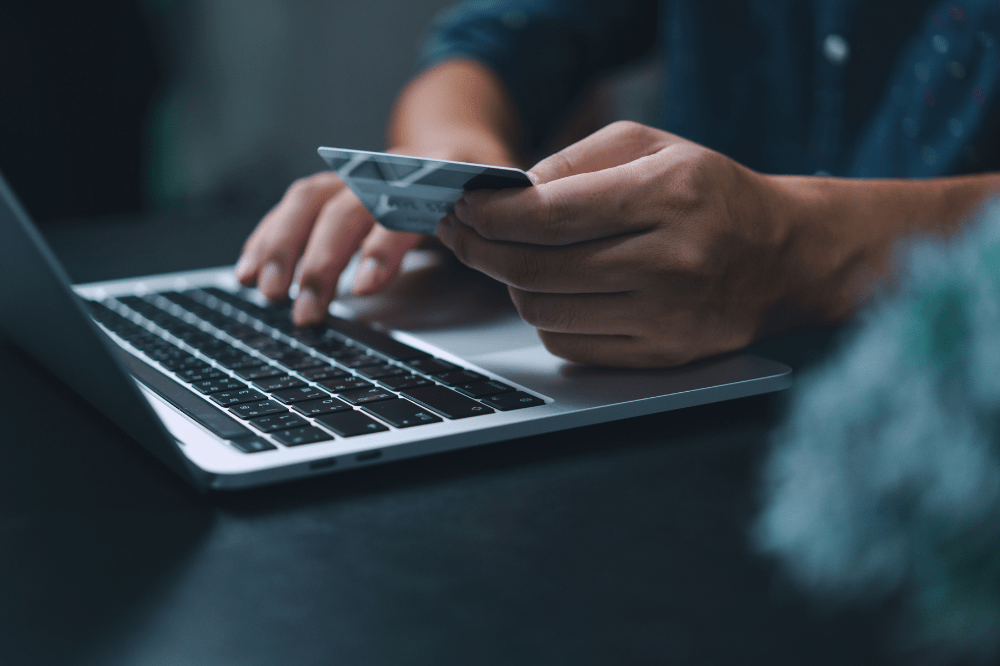The rise of digital transactions in South Africa has created the biggest type of banking fraud for the country!
Fraudsters find new ways to target consumers as digital transactions become more common in South Africa. Due to that, the country encounters its biggest type of banking fraud! TransUnion’s latest Consumer Pulse revealead a concerning trend: 60% South Africans were targeted by online, email, phone calls, or text messages fraud scheme.
Even more alarming, 9% of consumers ended up being victims to these scams. The survey also identifies the most common type of fraud. Money and gift card scams top the list, impacting a significant 34% of consumers. Interestingly, South Africa stands out as the only country where this type of fraud reigns supreme.
Besides that, 33% of consumers reported phishing, 31% reported smishing, and 27% reported vishing scams (fraudulent emails, websites, social media posts, QR codes, text messages and phone calls) to trick people into revealing their personal data.
Out of all these people, 27% of consumers encountered third-party seller scams on legitimate online retail websites and 10% reported being targeted by identity theft scams for their personal information.
“These numbers show how important it is for consumers to monitor their credit records regularly. Early detection of fraudulent activities that affect their credit scores enables consumers to take timely corrective action. The overwhelming majority of surveyed households (93%) realise the importance of checking their credit records regularly, and by far the biggest portion (52%) do so at least monthly”, said TransUnion.
How To Protect Yourself From Scams?
- Be Wary of Unsolicited Contact: banks will never ask for your personal information via email, phone, or SMS. If you receive a communication claiming to be from your bank, contact them directly through their official channels to verify its legitimacy;
- Scrutinize Emails and Messages: phishing attempts often contain grammatical errors or a sense of urgency. Double-check the sender’s email address – legitimate bank emails will always come from a domain address that matches the bank’s name. Do not click on links or attachments in suspicious emails;
- Enable Strong Passwords and Multi-Factor Authentication: use complex passwords that are unique for each online account. Wherever possible, activate two-factor authentication (2FA) for an additional layer of security. 2FA requires a secondary verification code sent to your phone or email in addition to your password when logging in;
- Monitor Your Accounts Regularly: review your bank statements and online banking activity frequently. Report any suspicious transactions immediately to your bank;
- Beware of Public Wi-Fi: avoid accessing your bank account or any sensitive information on public Wi-Fi networks. Public Wi-Fi can be unsecured, making it easier for criminals to intercept your data;
- Download Apps Only from Official Sources: only download banking apps from trusted sources like the official app store for your phone’s operating system. Downloading apps from third-party websites can expose you to malware.

